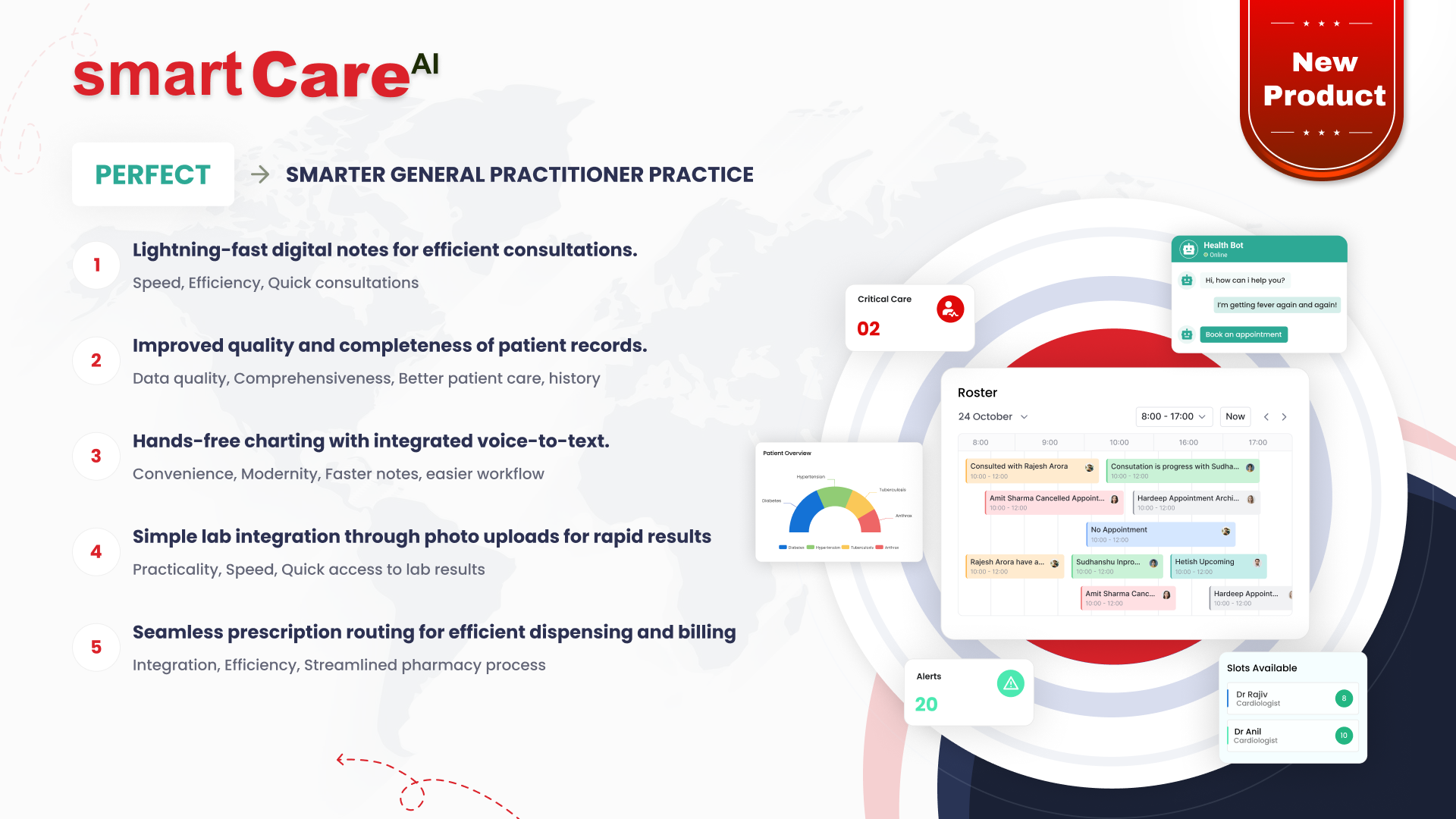Posted On June 7, 2025
How to Design Multilingual and Multi-Currency Systems: Core Principles
As our world continues to digitalize, developing business websites that target many languages and currencies is vital. Be it an eCommerce business, a SaaS product, or a simple enterprise application each system needs to handle multilingual and multi-currency capabilities effortlessly. Careful consideration is needed to guarantee smooth user experience, precision, scalability, and seamless navigation when implementing such systems.
When designing multilingual and multi-currency systems, here are the key principles you need to follow:
- Reinforce the Separation of Content and CodeHardcoding text into applications is one of the most significant errors made to multilingual systems. Instead, all user content such as error messages, labels, and buttons, should be kept on resource files like YAML or JSON, or in a localization database.
- Employ Internationalization (i18n) Libraries: Use translation management libraries such as i18next for JavaScript, gettext for PHP/Python, or Spring Messages for Java.
- Accommodate RTL Languages: ensure that flexible text direction is accommodated by your User Interface framework in languages that use RTL layouts such as Arabic and Hebrew.
- Store and Manage Currency Data ProperlyOperating with different currencies goes beyond simply showing different symbols; it requires the correct conversion, rounding, as well as proper formatting.
- Store Amounts in Base Currency: each transaction should be stored in one base currency (e.g. USD) and exchange rates would be applied at run time.
- Use Decimal Data Types: financial calculations should avoid floating-point numbers, as these will cause rounding errors. Use instead decimal types (e.g. DECIMAL in SQL, BigDecimalin Java)
- Enable dynamic currency conversion: customers must be allowed to view prices in their preferred currencies; however, payments must always be processed in the merchant’s base currency, to reduce any forex risk.
- Automate Updating of Exchange RatesManually updating exchange rates is impractical since they constantly fluctuate.
- Set Reliable API Integrations: For real-time or daily rate updates, use services like Open Exchange Rates, Fixer.io, or even bank-provided APIs.
- Cache rates for a limited time: To minimize API calls, exchange rates can be cached for a short time (say one hour) but make sure that critical transactions always fetch the most current rate.
- Localization of Dates, Times and Numerical Values Localization has to do with where the date, time and numbers are placed and can vary from region to region.
-
- Complying with ISO Standards: Dates should be displayed in ISO 8601 internally (YYYY-MM-DD) but printed out in region-specific ways (like DD/MM/YYYY in Europe and MM/DD/YYYY in the US) externally.
Use of Language Specific Built-in Localization Functions: Most languages provide aid in formatting value such as numbers, currencies and even date like JavaScript Intl or Python’s locale.
-
- Protection Policies Legalities and Other Organizational Compliance This compliance is focused on legal boundaries within a geography. Examples of policies include:
- Tax Policies: Different countries and the types of products sold in the countries have different value added taxes, goods and services tax tax or sales taxes.
- Data Privacy Regulations: If a certain territory is governed by some laws like GDPR Europe or CCPA California, user data has to be kept in certain areas.
- Limits in using certain currencies: A certain country may not allow the use of foreign currency in transactions after business hours or may require local payment methods.
- Appropriately customize for each Region After tailoring services for use by English speakers the rest of the world who spend US dollars may find issues when switching over to Japanese yen.
- Over the top, Translational Testing: Replacing standard lines of translations for UI overflow with stunning texts and extravagant words.
- Extreme cases test validation: check exchanging values outlined in currency, especially when trading amounts set at the extremes, be it small or large volumes to see if there are rounding or overflow errors.
- Translational checks for social and cultural associated sensitivities.
- Create a Finely Tuned Seamless User Experience User experience requires users to change the language and currency with the utmost ease.
Gather information using the Accept-Language header of the browser or the geolocation of IP for default options.
Restrict usage of cookies to store set preferences of location and language currency to profiles.
Give users the ability to make choices freely without unnecessary restrictions.
Building systems that support several languages and currencies is both technical and cultural. Building solid foundational systems for a global audience entails externalizing content, managing currencies properly, automating their exchange, doing tests, and validation in various locations.
Our experts at smartData have implementing scalable i18n and multi-currency frameworks for numerous businesses. If you are looking to develop region compliant solutions, then feel free to reach out to us.








